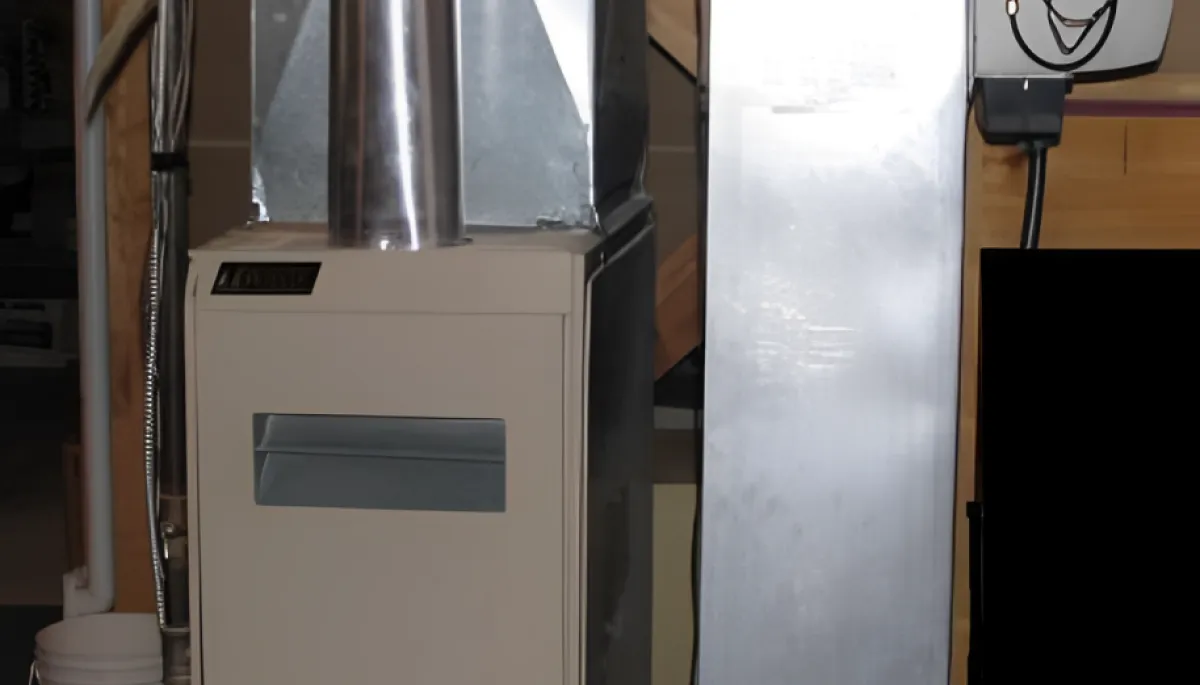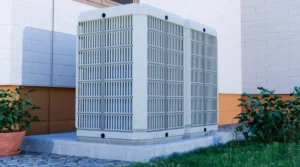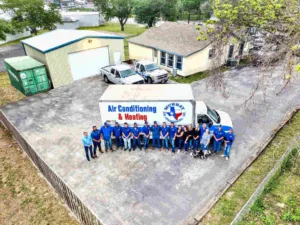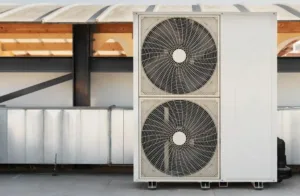Common Reasons Your Furnace Won't Start
A furnace that doesn’t start will frustrate any homeowner. Understanding common problems helps identify issues faster. Let’s look at three biggest problems that prevent your furnace from turning on.
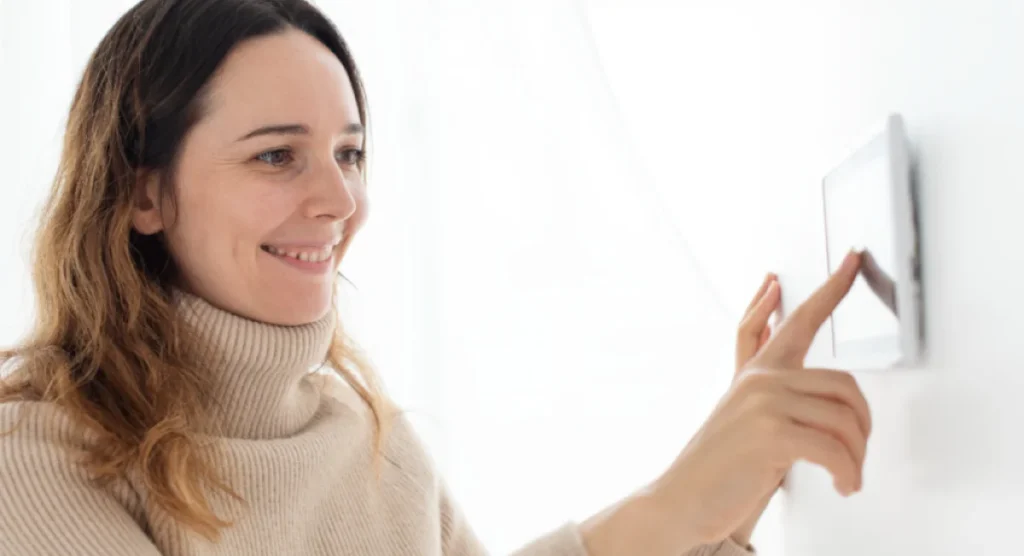
Thermostat programming errors
Power supply issues
Your furnace needs electricity to work, even if it runs on gas. Here’s what to check for power-related problems.
- Check the power switch near your furnace
- Inspect the circuit breaker panel for tripped switches
- Verify the front panel door is properly latched
- Verify all safety switches are in the correct position
Important: A circuit breaker that keeps tripping after reset might signal a serious electrical problem. Don’t keep flipping it back on.
Gas supply problems
Gas supply issues can be quick fixes or serious safety concerns. Check if your gas valve stays open. The handle should align parallel with the gas line. A rotten egg smell means you shouldn’t attempt any fixes. This signals a potential gas leak that needs immediate evacuation and professional help.
Murray AC’s certified technicians can figure out and fix these issues. Note that while some furnace problems have simple solutions, others need professional expertise to protect your family’s safety and comfort.
Quick Troubleshooting Steps
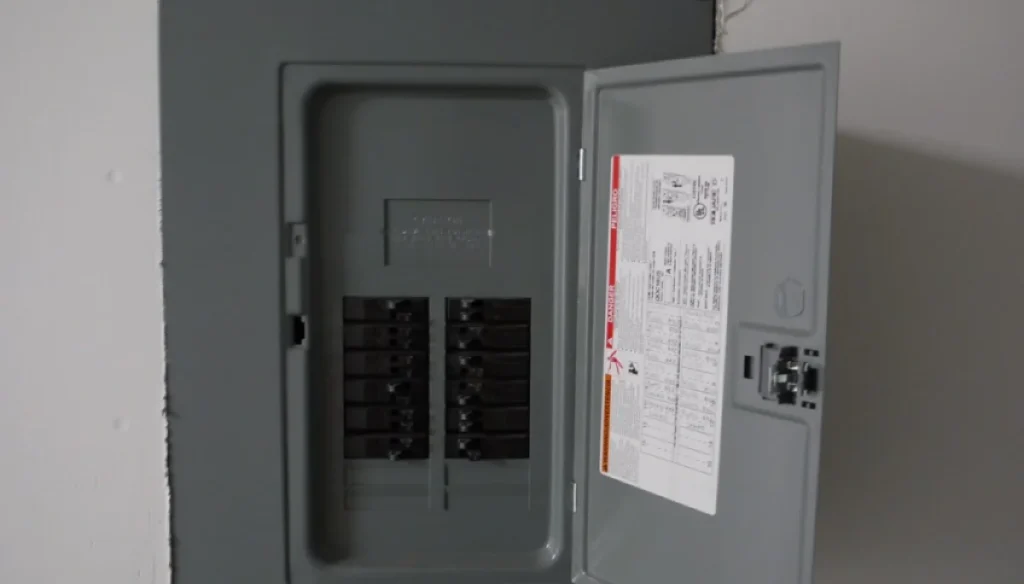
Checking the thermostat settings
Your thermostat is the simplest place to start. Set the temperature at least 5 degrees above the current room temperature to start the heating cycle. These fixes might help with digital thermostats.
- Replace the batteries if the display is dim or blank
- Ensure it’s set to “HEAT” mode
- Check if a power outage reset your program settings
Inspecting circuit breakers
Gas furnaces need electricity to work right. Here’s what you should check.
- Find your home’s circuit breaker panel
- Look for the switch marked “furnace” or “HVAC”
- Switch it completely off before turning it back on if it’s tripped
Verifying gas supply
A proper fuel supply is important for gas furnaces. Take these steps carefully.
- Find the gas valve (usually within 6 feet of your furnace)
- Look at the handle – parallel to the gas pipe means open, perpendicular means closed
- Check if other gas appliances like your stove are working
Emergency Safety Measures
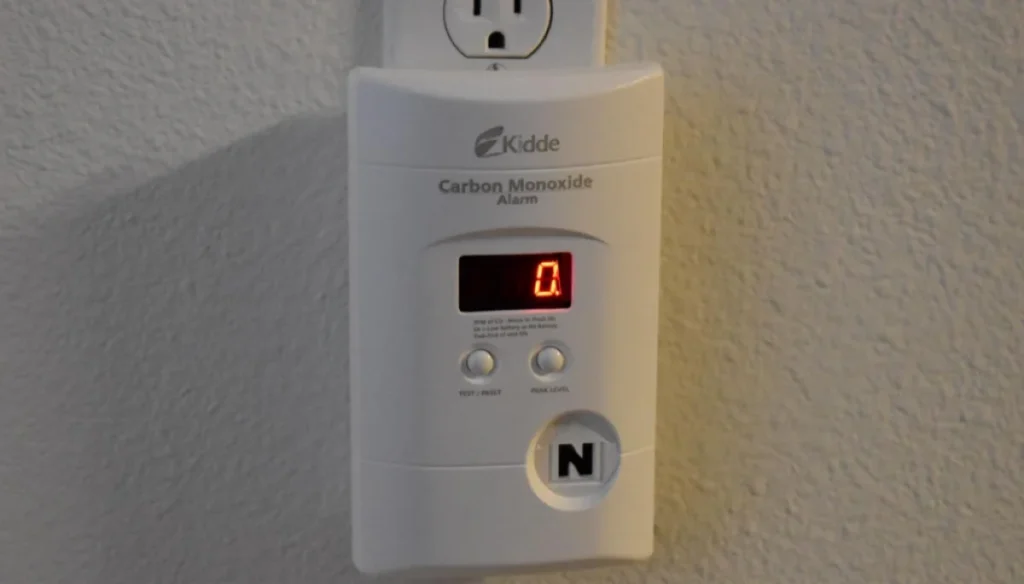
Gas leak detection
That rotten egg smell around your furnace signals a serious safety threat. Gas companies add this specific scent (called mercaptan) so you can detect leaks easily.
- Open windows and doors if you can do so quickly
- Don’t use phones or electrical switches inside
- Exit the building immediately
- Call the gas company from a safe distance
Carbon monoxide concerns
Carbon monoxide is a big threat because you can’t see or smell it. Your body reacts to CO exposure within five minutes. These warning signs should alert you!
- Frequent headaches and dizziness
- Shortness of breath
- Nausea or vomiting
- Weakness in your limbs
- Disorientation
When to evacuate
Your safety leaves no room for doubt. Leave immediately when these things happen.
- You smell a strong gas odor
- Your carbon monoxide detector sounds
- You experience multiple CO poisoning symptoms
- You notice soot or smoke around your furnace
Professional Diagnosis Solutions
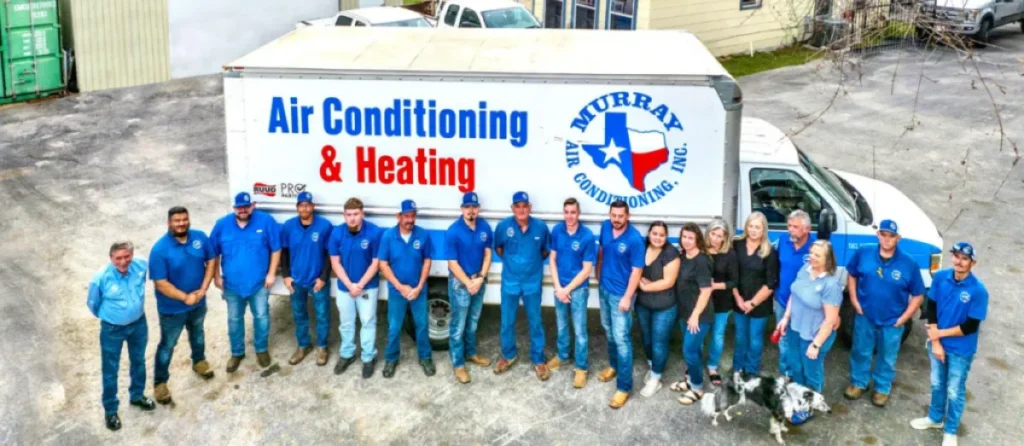
Professional inspection process
Professional HVAC technicians perform detailed multi-point diagnostics that spot issues invisible to untrained eyes. Murray AC’s certified technicians come prepared with fully-stocked service trucks and fix repairs right away. A professional inspection has these key components.
- Testing combustion gas levels
- Scrutinizing heat exchangers for cracks
- Checking electrical connections and voltage
- Inspecting burners and ignition systems
- Testing safety controls and limit switches
Common repair needs
Our skilled technicians tackle everything from dirty coils to clogged drains. Our team arrives with proper equipment and protection to handle hazardous HVAC malfunctions. The maintenance visits cover:
- Lubricate mechanical parts
- Check refrigerant levels
- Remove debris and buildup
- Test all safety controls

